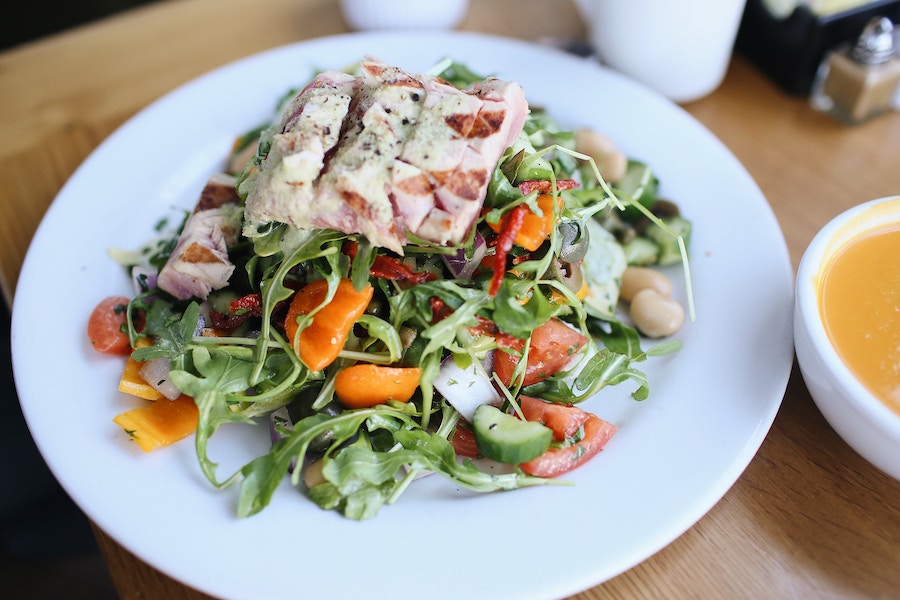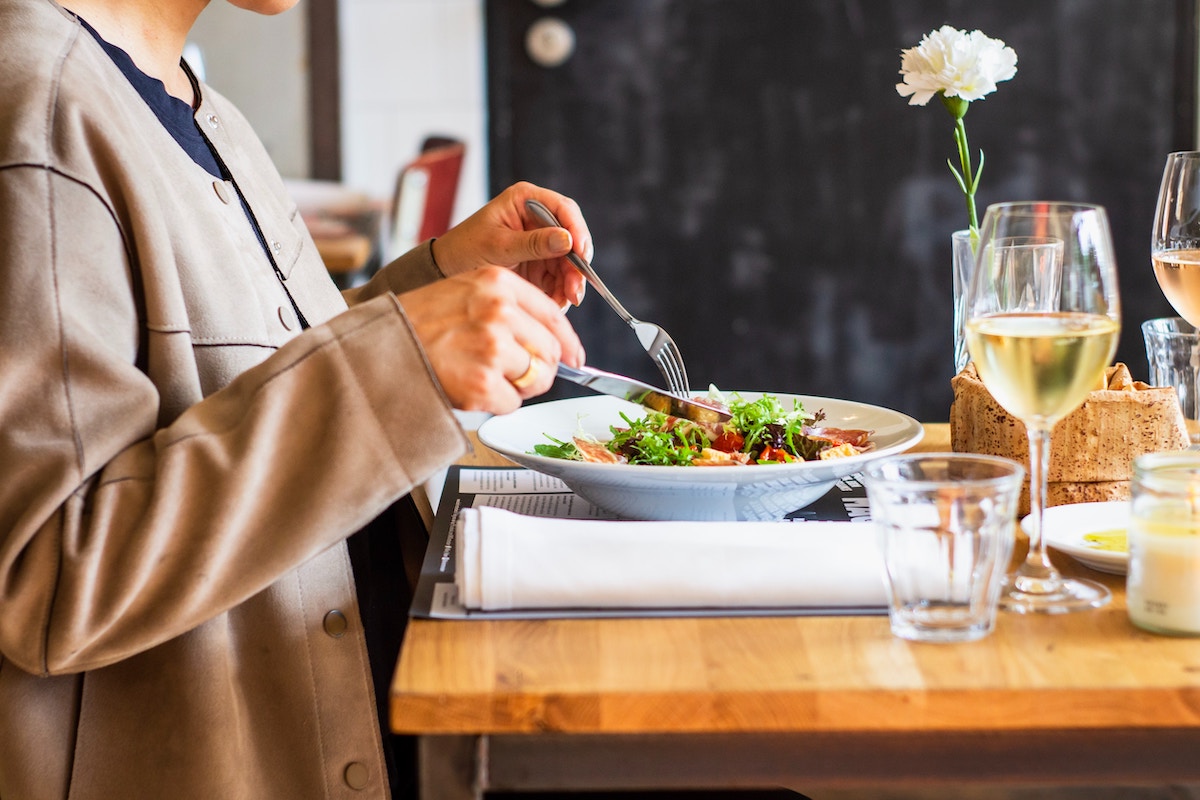Dining out at restaurants can be a delightful experience, but for those who are conscious about their nutrition and health goals, it often presents a dilemma. How do you navigate a menu filled with irresistible options while ensuring you stay on track with your fitness or health objectives?
In this article, we’ll explore the art of making mindful choices when dining out, allowing you to enjoy delicious meals without sacrificing your well-being or performance goals.
BALANCING MACRONUTRIENTS
One of the first challenges when dining out is selecting a meal that provides a balanced mix of macronutrients—proteins, carbohydrates, and fats. Sometimes, it’s clear that certain dishes are loaded with butter and carbs but lack the essential proteins and vegetables filled with the vitamins your body needs.
When it is clearly apparent, try to avoid it and choose a meal with some vegetables, a lean protein source, and strike a better balance between flavour and nutrition. An example if you go to an Asian restaurant could be a delicious pad thai with noodles, shrimps and grilled vegetables.
BEWARE OF DESSERT TEMPTATIONS
It’s easy to get tempted by the allure of a decadent dessert, especially when you’ve already indulged in a substantial main course. However, topping off a substantial meal with an extravagant dessert can tip the calorie scales and leave you feeling overly full.
Instead, consider sharing dessert with your dining companions or opt for a smaller, lighter option such as a fruit sorbet or a fruit platter if your sweet tooth calls. Moderation is key to avoiding post-meal regret.

COMPENSATION STRATEGY
Learning to balance your overall calorie intake is a valuable skill, particularly if you’ve had a heavy restaurant meal. After a night of indulgence, aim for a lighter and healthier meal the following day. Focus on lean proteins, vegetables, and whole grains to help reset your nutritional balance and keep you on track toward your health or performance goals.
You can make yourself a light, fresh and nutrient-packed salad with a mix of vegetables to fill you up and some lean protein such as fish, turkey breast or others, and a light dressing.
SPORTS NUTRITION AND POST-WORKOUT DINING
If you find yourself heading to a restaurant right after an intense workout, your food choices can significantly impact your recovery. Prioritise carbohydrates and proteins in your meal, as these nutrients play a crucial role in replenishing energy stores and promoting muscle repair. Following this advice will make you progress faster to your sporting achievements, so let yourself be tempted by a grilled salmon fillet alongside some roasted potatoes and vegetables!
PRE-EXERCISE MEAL
If you’re planning to engage in physical activity within a few hours of eating at a restaurant, it’s crucial to make wise food choices. Opt for a moderate portion size to avoid discomfort, bloating, or even vomiting during your training session. Additionally, limit your intake of high-fat foods, as they can slow down digestion and potentially impair your exercise performance, and focus on carbohydrates to provide the energy needed for intense activities. In this case, pasta could be a great option if the sauce isn’t too rich and the meal contains some sort of lean protein such as chicken breast.
Dining out doesn’t have to be a challenge for those striving to maintain their health and fitness goals. By making informed choices that consider macronutrient balance, portion sizes, and the timing of your meals, you can enjoy restaurant dining while staying on track with your objectives. Remember, it’s all about finding that perfect balance between satisfying your taste buds and nourishing your body.
Tristan Boetti is a sports nutritionist. Through his company Performance & Bien-Être Monaco, he works with professional athletes as well as recreationally active individuals to help them achieve their goals through customised nutrition plans and expert advice.
RELATED ARTICLE:
Photo credit: Louis Hansel, Unsplash
